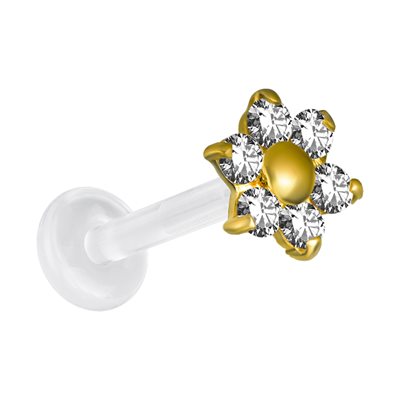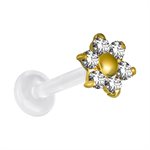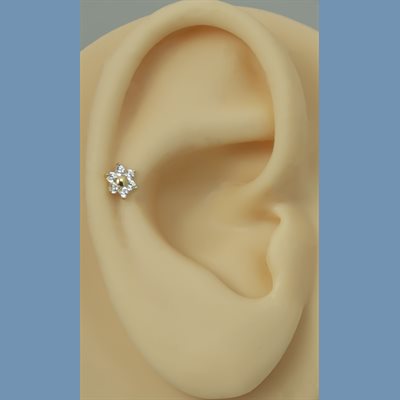For Professional Piercers & Studios – Verified Access Required
- Home>
- Studs & Barbells>
- Labret Studs>
- Bioplast push in labret with 18k gold jewelled flower
Bioplast push in labret with 18k gold jewelled flower
Product Code: FLGAJ08-07-CZ
-
Contact us for pricing
- Main material : Bioplast (Bio-compatible polymer)
- Secondary material : 18 karat solid gold
- PVD Coating : None
- Gem type : Cubic zirconia
- Threading : Push in for Bioplast labret
- Classification : Labret
- Quantity Available: 10+




